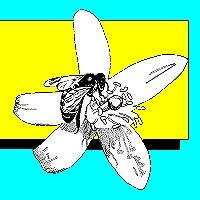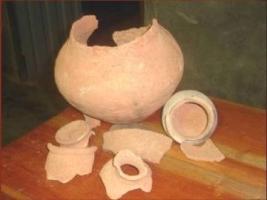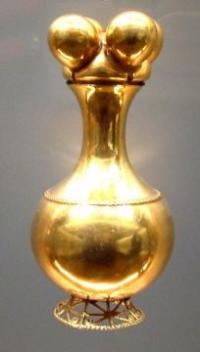APIS Volume 5, Number 11, November, 1987

In this issue
- Varroa Research in Florida: Historical Information
VARROA RESEARCH IN FLORIDA
Since detection of Varroa jacobsoni (See October 1997 APIS), the Asian honey bee mite, there has been a flurry of research activity in Florida.
This information is dated and included here only for historical information. For updated research and control methodologies, consult more recent publications.
On November 9, a Varroa Mite Research Work Group was created. Chaired by Frank Robinson, Secretary- Treasurer of the American Beekeeping Federation and retired Professor of Apiculture from the University of Florida, the purpose of the group is coordination of research, regulatory and extension activities related to the Varroa mite situation in the state. The following is a brief summary of the research activity going on in Florida at the present time:
To address the short-range problem of bee movement around the state, which is a top priority, Drs. Harvey Cromroy, IFAS (University of Florida) and Everett Nickerson (Methods Development, Division of Plant Industry, FADCS) have initiated paperwork which is being assembled in Tallahasee by Jim Downing, FADCS to request a Section 18 Specific Exemption label for the miticide, Amitraz. This is to develop the necessary information on the material's dosage (how much material should be applied and in what manner), efficacy (how many mites are killed during treatment of a colony) and residues (how much miticide might get into bees, honey and wax). Analysis of this miticide and other materials in bees and/or bee products will be done under the direction of Joe Hawthorne, USDA/APHIS Laboratory, Gulfport, Mississippi.
In conjunction with this effort, Drs. Cromroy and Nickerson, with the help of Dr. Elton Herbert, Beneficial Insects Laboratory, Beltsville, Maryland, have embarked on a screening program to examine a number of different chemicals now in use in Europe and elsewhere to control mites. These include Apitol, Apistan, Folbex VA, and Varamit. In addition, they will also be looking closely at the use of various dusts, which on a preliminary basis appear to be effective as mechanical controls for mite populations, as proposed by Dr. William Ramirez, University of Costa Rica.
The USDA's Animal Plant Health Inspection Service (APHIS) has applied to use the material called fluvalinate as a regulatory material. One exemption has already been issued for survey. APHIS is also developing suitable techniques to treat and certify package bees and queens for shipment to other areas. This research is under the direction of Dr. Peter Witherall, Methods Development, APHIS. Of critical concern is the urgent need for packages and queens by the bee regulated zone in the Isthmus of Tehuantepec in Mexico, a major program in research, extension and regulation to survey, monitor and manage the Africanized honey bee.
Sincerely,
Malcolm T. Sanford
Bldg 970, Box 110620
University of Florida
Gainesville, FL 32611-0620
Phone (352) 392-1801, Ext. 143 FAX: (352)-392-0190
http://www.ifas.ufl.edu/~mts/apishtm/apis.htm
INTERNET Address: MTS@GNV.IFAS.UFL.EDU
©1987 M.T. Sanford "All Rights Reserved




















